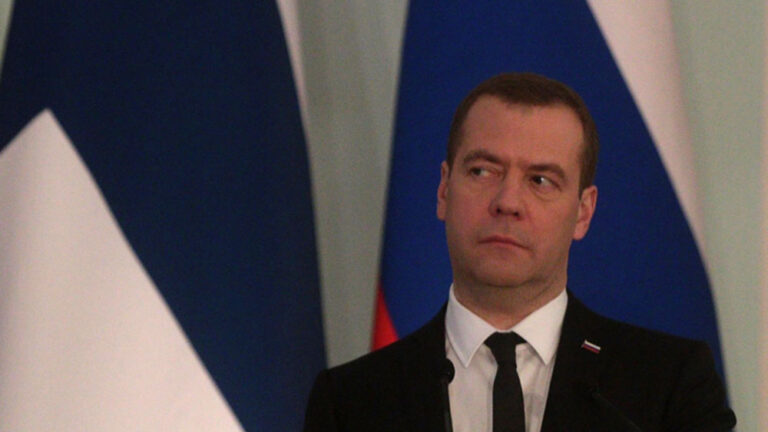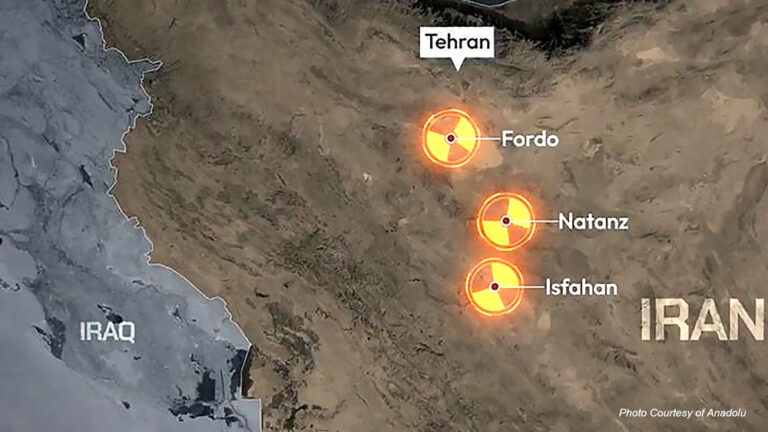Japan is considering a further step away from its long-held pacifist stance with a proposal which would allow it, for the first time since World War II, to strike overseas targets.
The proposal from the ruling Liberal Democratic Party (LDP) advocates adopting new measures to address missile threats from North Korea, including ramping up Japan’s missile defense capabilities and, in a departure from its postwar constitution, developing the “capacity to counterattack enemy bases” in the event of a missile attack on the country.
Hiroshi Imazu, chair of the Research Commission on Security for the LDP, and former Defense Minister Itsunori Onodera, submitted the proposal on missile defense to Prime Minister Shinzo Abe.
Onodera, who led the panel, told press after the meeting that Japan’s current systems might not be able to cope with a barrage of attacks.
“There are limitations (of our) ballistic missile defense (BMD) if several missiles are fired,” he said. “Neutralizing an enemy base (and preventing the launch of) the second and third missiles is within the range of self-defense. It is not a preemptive strike,” he added.
Anxiety in Japan follows a recent string of North Korean missile tests. Earlier this month, Pyongyang fired four intermediate-range ballistic missiles, three of which landed less than 200 nautical miles off the Japanese coast.
Abe said that his government would seriously consider the proposal. “We assess that the threat (from North Korea) has advanced to a new stage, we take it seriously. This assessment is shared by the United States,” he said Thursday.
“We intend to grasp today’s proposal firmly.”
Jeff Kingston, director of Asian studies at Temple University in Tokyo, told CNN Abe is in a “pretty good position” to push the changes through the Diet, Japan’s parliament.
“In many different ways Abe is pushing the envelope against postwar norms and values,” Kingston said. However, “recent (North Korean) tests put wind in his sails and given that he controls both houses of the Diet he’s in a pretty good position.”
Japan has not launched an attack on foreign soil since World War II.
Currently, any Japanese counterattack on North Korea would need to come from US forces because Tokyo doesn’t have all the equipment needed to carry out long-range strikes, analysts said.
“They can bomb anyone landing on one of Japan’s main islands… but they can’t strike Chinese or North Korean air bases or missile sites,” said Carl Schuster, a former director of operations at the US Pacific Command’s Joint Intelligence Center.
Schuster points out that Japanese warplanes don’t carry the equipment necessary to suppress enemy air defenses. “They can defend. but they can’t punch back,” he said.
Renho Murata, the leader of the opposition Democratic Party of Japan, said she was concerned the new proposals indicated that “the cornerstones of the peaceful nation of Japan” were “falling down.”
The politician, who is universally known in Japan by her given name, Renho, added that what constituted a “counterattack” would need to be carefully considered.
The LDP proposal also suggests Japan ramp up its current defense systems, including the introduction of the US-developed THAAD and Aegis missile defense systems, and accelerate early warning satellite development.
It also suggests that Japan’s government clarify its legal ability to intercept threats to vessels operating in its 200 kilometer (124 mile) exclusive economic zone (EEZ).
Japan mulls more aggressive military stance as North Korean threat looms
Story highlights
- Shift would enable targeting overseas ‘enemy bases’ in the event of a strike on Japan
- Proposed changes to Japan’s military stance come on the heels of 2015 reinterpretation of pacifist constitution
Tokyo (CNN)Japan is considering a further step away from its long-held pacifist stance with a proposal which would allow it, for the first time since World War II, to strike overseas targets.
The proposal from the ruling Liberal Democratic Party (LDP) advocates adopting new measures to address missile threats from North Korea, including ramping up Japan’s missile defense capabilities and, in a departure from its postwar constitution, developing the “capacity to counterattack enemy bases” in the event of a missile attack on the country.
Hiroshi Imazu, chair of the Research Commission on Security for the LDP, and former Defense Minister Itsunori Onodera, submitted the proposal on missile defense to Prime Minister Shinzo Abe.
Onodera, who led the panel, told press after the meeting that Japan’s current systems might not be able to cope with a barrage of attacks.
“There are limitations (of our) ballistic missile defense (BMD) if several missiles are fired,” he said. “Neutralizing an enemy base (and preventing the launch of) the second and third missiles is within the range of self-defense. It is not a preemptive strike,” he added.
Anxiety in Japan follows a recent string of North Korean missile tests. Earlier this month, Pyongyang fired four intermediate-range ballistic missiles, three of which landed less than 200 nautical miles off the Japanese coast.
Abe said that his government would seriously consider the proposal. “We assess that the threat (from North Korea) has advanced to a new stage, we take it seriously. This assessment is shared by the United States,” he said Thursday.
“We intend to grasp today’s proposal firmly.”
Jeff Kingston, director of Asian studies at Temple University in Tokyo, told CNN Abe is in a “pretty good position” to push the changes through the Diet, Japan’s parliament.
“In many different ways Abe is pushing the envelope against postwar norms and values,” Kingston said. However, “recent (North Korean) tests put wind in his sails and given that he controls both houses of the Diet he’s in a pretty good position.”
Defense upgrade
Japan has not launched an attack on foreign soil since World War II.
Currently, any Japanese counterattack on North Korea would need to come from US forces because Tokyo doesn’t have all the equipment needed to carry out long-range strikes, analysts said.
“They can bomb anyone landing on one of Japan’s main islands… but they can’t strike Chinese or North Korean air bases or missile sites,” said Carl Schuster, a former director of operations at the US Pacific Command’s Joint Intelligence Center.
Schuster points out that Japanese warplanes don’t carry the equipment necessary to suppress enemy air defenses. “They can defend. but they can’t punch back,” he said.
Renho Murata, the leader of the opposition Democratic Party of Japan, said she was concerned the new proposals indicated that “the cornerstones of the peaceful nation of Japan” were “falling down.”
The politician, who is universally known in Japan by her given name, Renho, added that what constituted a “counterattack” would need to be carefully considered.
The LDP proposal also suggests Japan ramp up its current defense systems, including the introduction of the US-developed THAAD and Aegis missile defense systems, and accelerate early warning satellite development.
It also suggests that Japan’s government clarify its legal ability to intercept threats to vessels operating in its 200 kilometer (124 mile) exclusive economic zone (EEZ).
It wouldn’t be the first time the current government has sought to change Japan’s military role.
In 2015, amid protests from citizens and neighboring countries, the government adjusted its pacifist post-World War II constitution to allow a more active role in overseas conflicts.
The legislation reinterpreted Article 9 of the document, which reads, in part: “The Japanese people forever renounce war as a sovereign right of the nation and the threat or use of force as means of settling international disputes.”
It allows for the Japanese military, known as the Self-Defense Forces, or SDF, to provide limited defense for its allies in conflicts abroad. The forces have traditionally been restricted to humanitarian roles.
However, Kingston warns, any further Japanese militarization risks further antagonizing its Asian neighbors.
“Reaction from the Koreas and China would be negative, (indicating the) reawakening of Japanese militarism. (But) the situation in North Korea has made it less difficult — if you’d tried five years ago it would have been dead in the water.
“Under current circumstances, the chances are reasonably good that (Japan will) be able to move forward on it.”(Euan McKirdy and Junko Ogura, CNN)
Link: http://edition.cnn.com/2017/03/30/asia/japan-military-offensive-stance-change/index.html
















